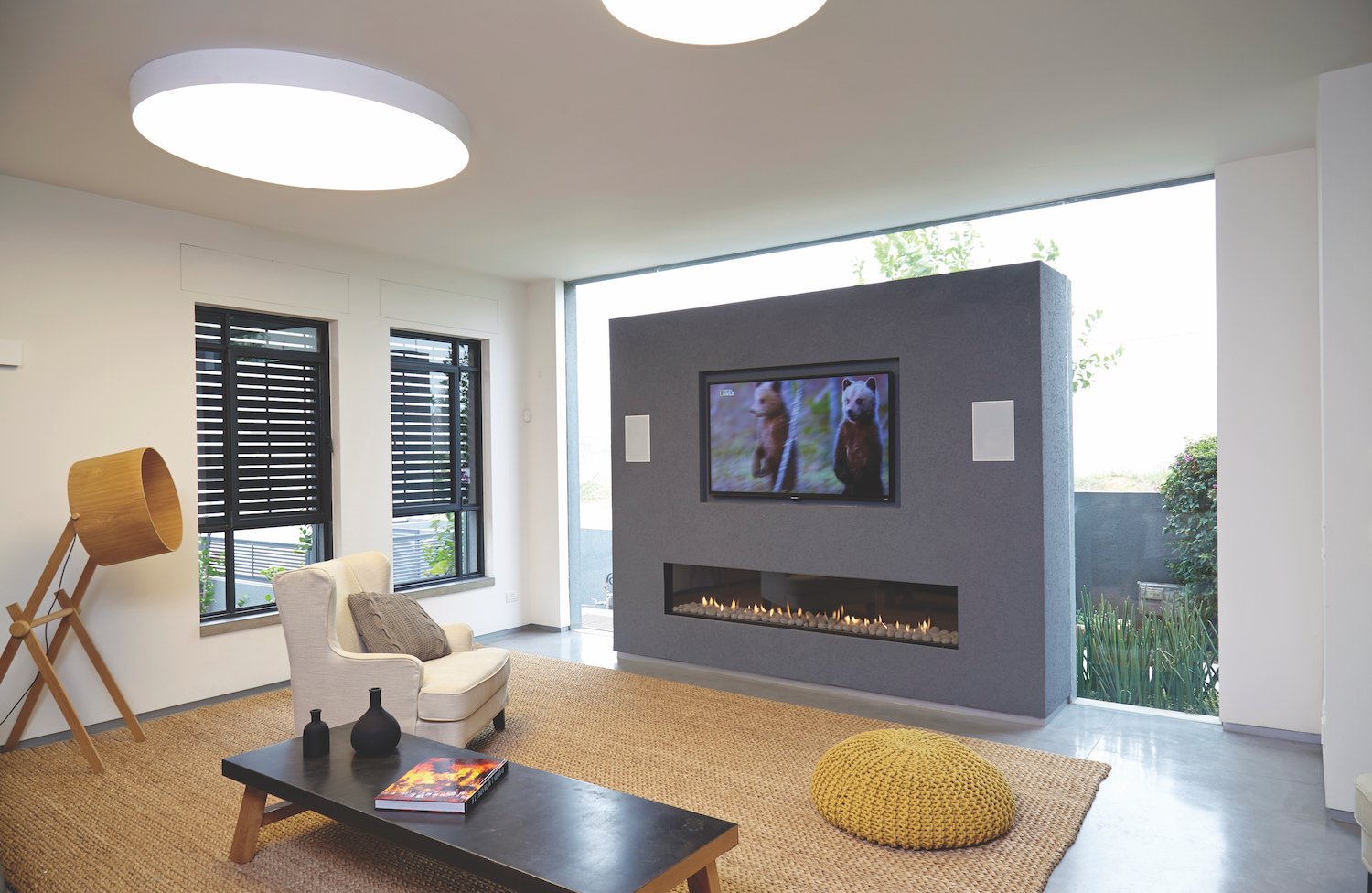Fireplaces add beauty and comfort to a room, but they don’t come without safety concerns. Fortunately, a fireplace that is designed to meet building codes, installed to the manufacturer’s specifications, and properly maintained can provide a lifetime of safe heat and light. The responsibility lies with both designers and builders to ensure that any fireplace that’s installed follows these codes.
Although every jurisdiction is a little different and it’s always a smart idea to check local codes, these are some good starting points for understanding the regulatory requirements around fireplaces.

ICC
The International Residential Code (IRC) by the International Code Council (ICC) is the most widely accepted code standard and is often the basis for local building codes. Updated every three years, the most current version is the 2018 edition. The guidelines for chimneys and fireplaces can be found in Chapter 10 of the IRC, which can be viewed online or purchased if you want a hard copy on hand. All designers and builders should familiarize themselves with this information as a starting point for designing fireplaces in one- and two-family homes. Larger structures and commercial buildings use the International Building Code, and renovation projects should reference the International Existing Building Code for compliance guidance.
NFPA
The National Fire Protection Association (NFPA) publishes codes and standards intended to reduce the risk of fire. NFPA 211 is the Standard for Chimneys, Fireplaces, Vents, and Solid Fuel-Burning Appliances and NFPA 54 is the national fuel gas code which includes sections specifically pertaining to gas fireplaces. Although these are not enforceable codes, they are standards that have been adopted all over the country and may be integrated into or referenced by local building codes. The standards focus on safe removal of flue gases and proper installation of chimneys, fireplaces, and ventilation systems. These documents are also updated every few years, most recently in 2019.
State and Local Codes
State, county, and city building codes can vary significantly, so it’s always important to check the jurisdiction where the structure is being built. Although many local building codes follow the IRC, some reference older versions, add additional provisions, or have their own requirements altogether. You can find local building codes on some websites that condense them, but the best way to ensure you are working with the most current requirements is to go directly to the local building inspector or code office. It’s a good idea to check in with these authorities every time you start a project in a new jurisdiction, or if you haven’t worked in a particular area in a while, because the codes are constantly evolving.
One requirement almost all national, state and local codes have is that the fireplace must be certified by a national certifying agency. Gas fireplaces, for example, need to be certified by an agency that is recognized as an Accredited Standards Developer by the American National Standards Institute (ANSI). Companies such as Intertek, UL, ICC or CSA Group are examples of agencies that have been ANSI approved.
The Manufacturer’s Manual
Every fireplace manufacturer provides instructions for safe installation. These are excellent resources for learning how to work with specific components and features of modern fireplaces. Many modern fireplaces have sophisticated systems for removing flue gases, releasing heat, complying with minimum clearances for sprinklers, and more. Always take the time to read the manufacturer’s installation manual, especially if you have never worked with a particular model before. Many manufacturers also offer additional resources such as how-to videos, specifications, and customer support for both installation and maintenance.
Safety Starts at the Source
Although the end user must take necessary precautions, especially with a wood-burning unit, fireplace safety ultimately comes down to the manufacturer, designer, and builder. Ortal provides several manuals for designers, builders, and homeowners to ensure safe installation that meets local codes and standards. Our builder resources also include videos to help you learn more about unboxing the unit, framing to installing glass, fireplace maintenance, and more. Safety is the number one priority when it comes to fireplaces, and it starts with smart design and installation.
To learn more about Ortal fireplaces and how they can transform a space, download our complimentary luxury fireplace e-book today.




